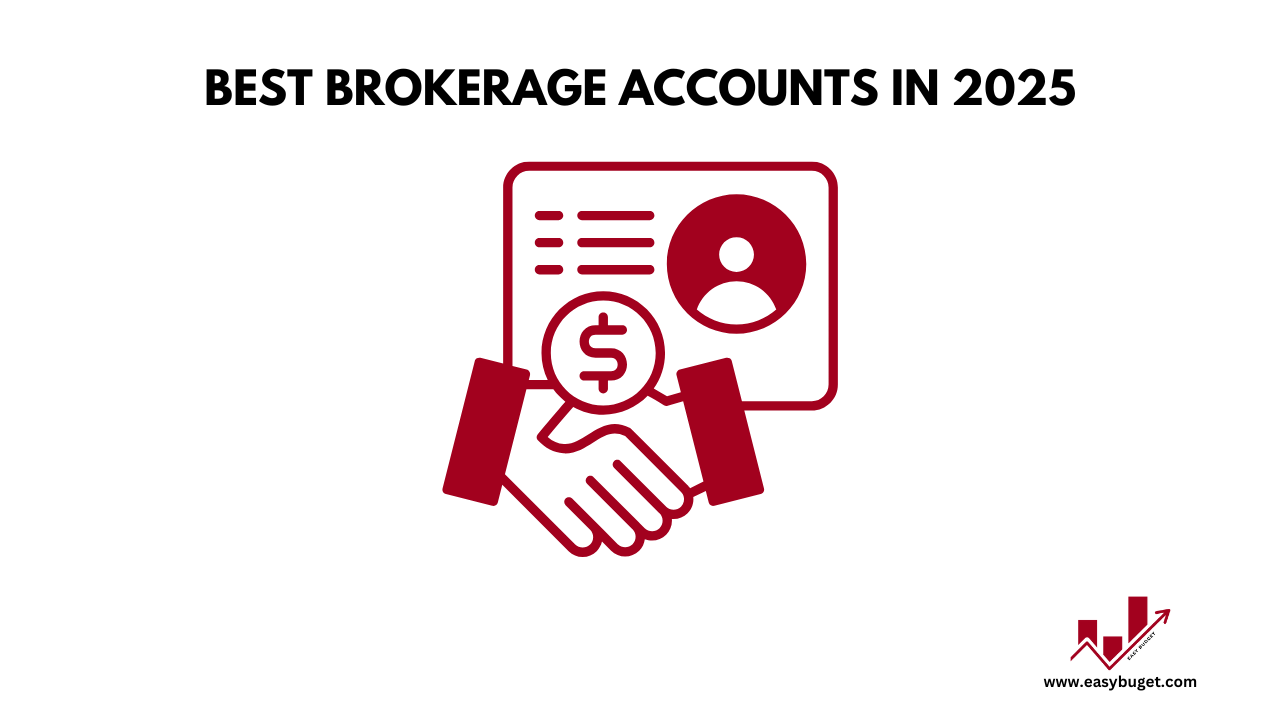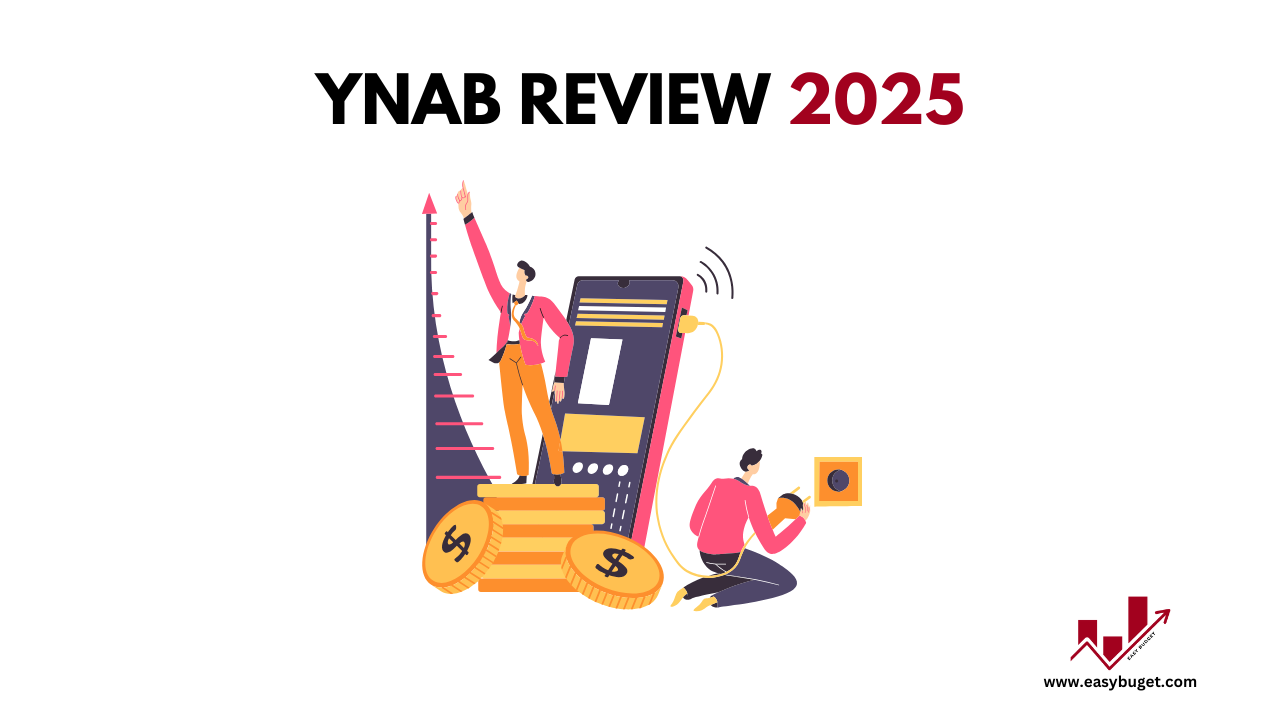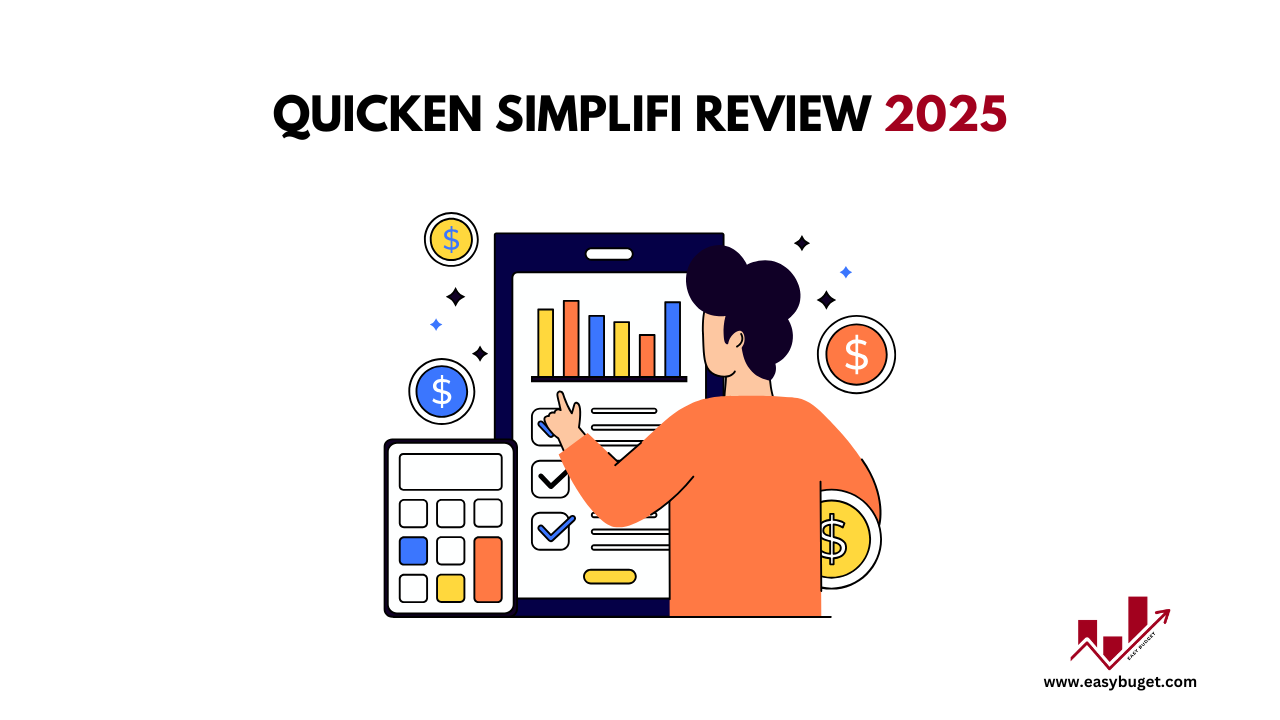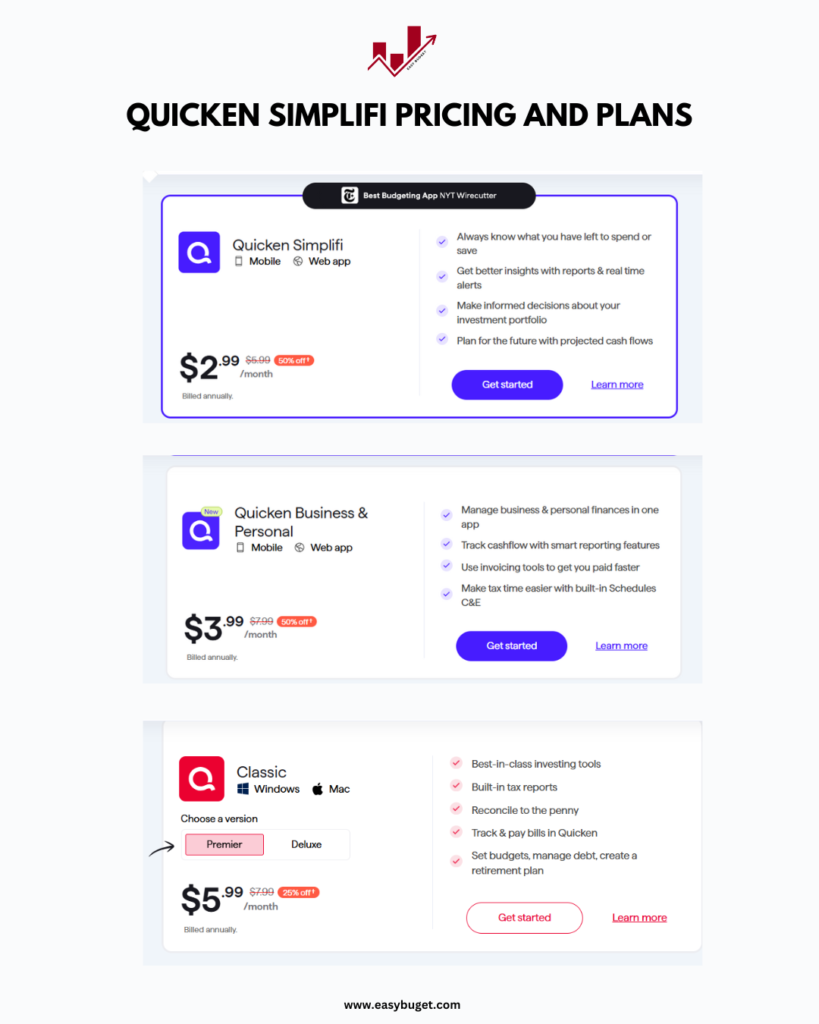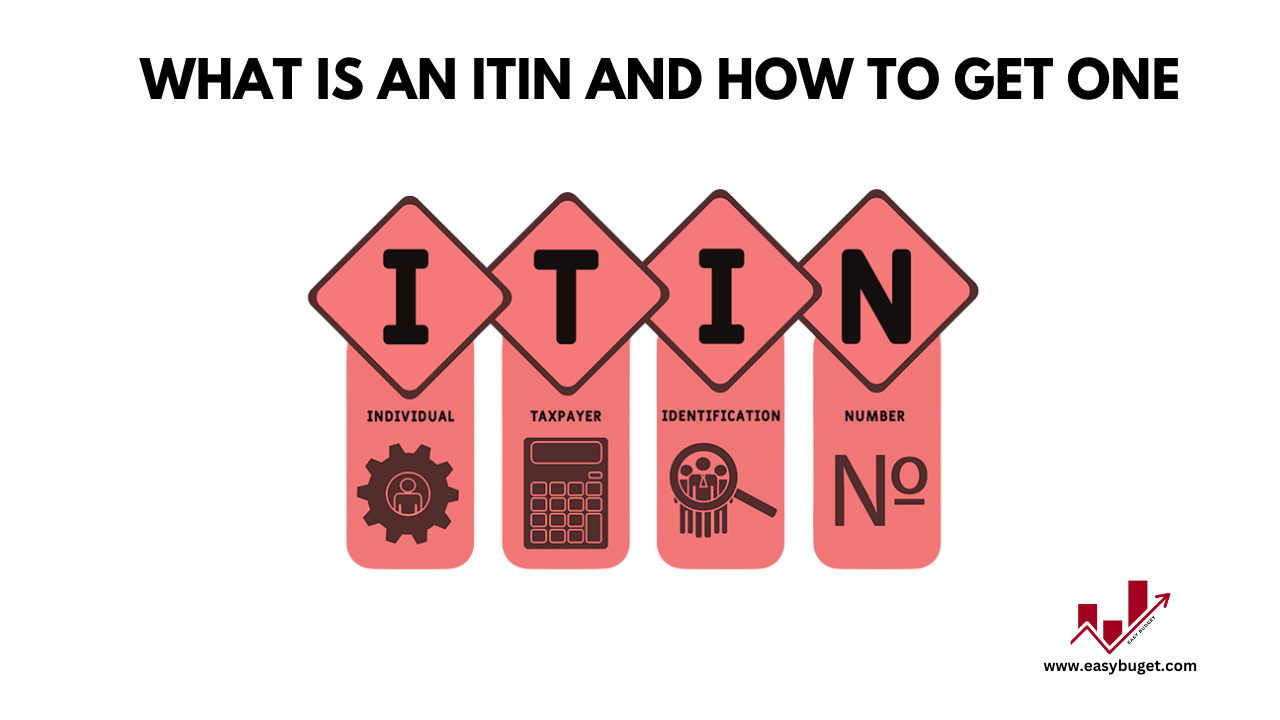Did you know that Bitcoin’s value has grown by over 200% in the past year? If you’re curious about how to invest in Bitcoin, you’re not alone. Bitcoin, the world’s first and most popular cryptocurrency, has captured the attention of investors worldwide. But with its high volatility and complex technology, getting started can feel overwhelming. Don’t worry—this beginner’s guide will walk you through everything you need to know about How To Invest In Bitcoin, from understanding the basics to making your first purchase.
Bitcoin 101: Understanding the Basics
Before diving into how to invest in Bitcoin, it’s important to understand what Bitcoin is. Bitcoin is a decentralized digital currency that operates on blockchain technology. Unlike traditional currencies, it’s not controlled by any government or central authority. Instead, transactions are verified by a network of computers and recorded on a public ledger called the blockchain.
Bitcoin’s appeal lies in its limited supply (only 21 million coins will ever exist) and its potential for high returns. However, it’s also known for its volatility, with prices often swinging dramatically in short periods.
For a deeper dive into Bitcoin, check out Investopedia’s guide to Bitcoin.
Why To Invest in Bitcoin?
Bitcoin isn’t just a trendy investment—it’s a revolutionary asset class. Here’s why many investors are adding Bitcoin to their portfolios:
- High Growth Potential: Bitcoin has delivered significant returns over the years, though it’s important to remember that past performance doesn’t guarantee future results.
- Diversification: Bitcoin is a non-correlated asset, meaning it doesn’t move in sync with traditional markets like stocks or bonds.
- Inflation Hedge: With a capped supply, Bitcoin is often seen as a hedge against inflation and currency devaluation.
According to CoinDesk, Bitcoin’s unique properties make it an attractive option for investors looking to diversify their portfolios.
How to Invest in Bitcoin: A Beginner’s Step-by-Step Guide
Ready to take the plunge? Here’s a step-by-step guide on How To Invest In Bitcoin:
1. Educate Yourself
Before investing, take the time to understand Bitcoin’s risks and rewards. Cryptocurrency is a highly volatile and speculative asset, so it’s crucial to know what you’re getting into.
2. Choose a Reliable Exchange
To buy Bitcoin, you’ll need to use a cryptocurrency exchange. Some popular options include:
- Coinbase: Great for beginners with its user-friendly interface.
- Binance: Offers low fees and a wide range of cryptocurrencies.
- Kraken: Known for its security and advanced trading features.
3. Create an Account
Sign up for an account on your chosen exchange. You’ll need to verify your identity by providing a government-issued ID and proof of address.
4. Fund Your Account
Deposit funds into your account using a bank transfer, credit card, or other payment methods. Be aware that some platforms charge fees for deposits.
5. Buy Bitcoin
Once your account is funded, you can buy Bitcoin. You can place a market order (buy at the current price) or a limit order (set a price at which you want to buy).
6. Store Your Bitcoin Securely
After purchasing Bitcoin, transfer it to a secure wallet. Options include:
- Hardware Wallets: Physical devices like Ledger or Trezor that store your Bitcoin offline.
- Software Wallets: Apps like Exodus or Electrum that store your Bitcoin on your device.
For more details, check out Coinbase’s beginner’s guide.
What to Watch Out For: Risks of Bitcoin Investing
While Bitcoin offers exciting opportunities, it’s not without risks. Here are some key risks to consider:
- Volatility: Bitcoin’s price can swing dramatically in a short period, making it a high-risk investment.
- Regulatory Changes: Governments may impose regulations that impact Bitcoin’s value or legality.
- Security Risks: Hacking and scams are common in the crypto space, so it’s crucial to secure your investment.
- Liquidity Issues: Selling Bitcoin quickly during a market downturn can be challenging.
For a deeper look at Bitcoin’s risks, read Forbes’ article.
How to Invest in Bitcoin Wisely: 7 Tips for Beginners
Investing in Bitcoin can be rewarding, but it’s important to approach it wisely. Here are seven tips to help you get started:
- Start Small: Only invest what you can afford to lose.
- Diversify Your Portfolio: Don’t put all your money into Bitcoin.
- Stay Informed: Keep up with news and trends in the crypto world.
- Use Dollar-Cost Averaging: Invest a fixed amount regularly to reduce the impact of volatility.
- Secure Your Investment: Use strong passwords and enable two-factor authentication.
- Avoid Emotional Decisions: Stick to your investment plan, even during market swings.
- Consider Long-Term Holding: Bitcoin’s value has historically increased over the long term.
For more tips, visit NerdWallet’s guide to Bitcoin investing.
Where to Buy Bitcoin: Top Platforms for Beginners
Choosing the right platform is crucial for a smooth investing experience. Here are some of the best platforms for beginners:
- Coinbase: User-friendly and great for beginners.
- Binance: Offers low fees and a wide range of cryptocurrencies.
- Kraken: Known for its security and advanced trading features.
- Gemini: A regulated exchange with a strong focus on compliance.
For a detailed comparison of exchanges, check out CryptoCompare’s reviews.
How to Invest in Bitcoin: Your First Step into Cryptocurrency
Investing in Bitcoin can be an exciting and potentially rewarding journey, but it’s not without risks. By educating yourself, choosing a reliable platform, and investing wisely, you can navigate the world of cryptocurrency with confidence. Remember, the key to successful investing is to start small, stay informed, and think long-term.
Frequently Asked Questions About Bitcoin Investing
What is Bitcoin?
Bitcoin is a decentralized digital currency that operates on blockchain technology.
How do I invest in Bitcoin?
Choose a reliable exchange, create an account, fund it, and buy Bitcoin.
Is Bitcoin a good investment?
It has high growth potential but is also highly volatile.
What are the risks of Bitcoin investing?
Volatility, regulatory changes, and security risks are key concerns.
Where can I buy Bitcoin?
Popular platforms include Coinbase, Binance, and Kraken.
By following this guide, you’ll not only understand How To Invest In Bitcoin but also have the tools and confidence to start your cryptocurrency journey. Ready to take the first step? Start today and explore the exciting world of Bitcoin!





